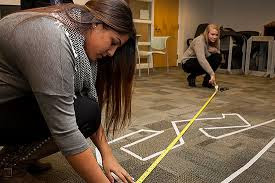Crime Classification Manual Part II Chapter 7 B 60

Crime Classification Manual Part II Chapter 7 B 60 A STANDARD SYSTEM FOR INVESTIGATING AND CLASSIFYING VIOLENT CRIMES SECOND EDITIO N Search Warrant Suggestions Literature, writings, paraphernalia pertaining to a group or cause; manuals and diagrams if an incendiary device was used (how-to books) Incendiary device components, travel records, sales receipts, credit card statements, bank records indicating purchases Flammable materials, liquids, and containers used to transport the accelerants to the scene

































